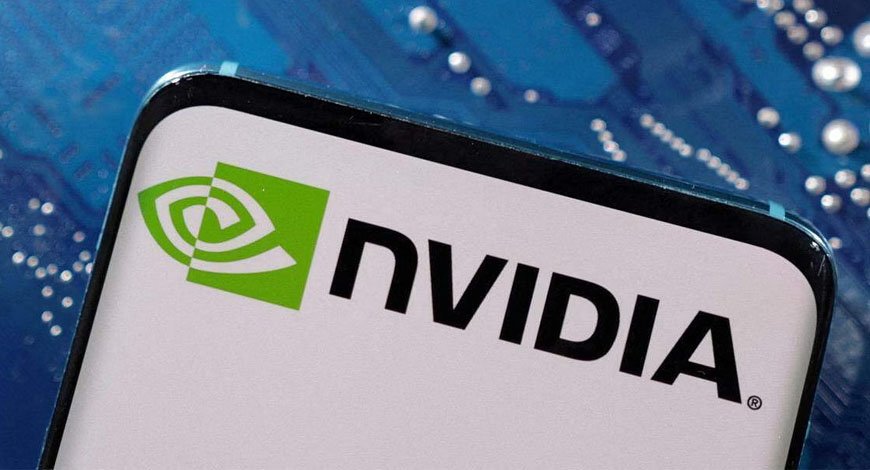With its Grace Hopper Superchip, Nvidia connects one of its H100 graphics processing units (GPUs) with a central processor of its own design.

Nvidia on Tuesday unveiled a new configuration for its cutting-edge artificial intelligence (AI) chip that is designed to speed up generative AI applications.
The new Grace Hopper Superchip, according to Ian Buck, vice president of hyperscale and HPC at Nvidia, increases the amount of high-bandwidth memory, allowing the design to support bigger AI models. The configuration is made to perform AI inference tasks efficiently and power generative AI applications like ChatGPT.
With its Grace Hopper Superchip, Nvidia connects one of its H100 graphics processing units (GPUs) with a central processor of its own design.
In a conference call with reporters, Buck said, “Having larger memory allows, allows the model to remain resident on a single GPU and have to require multiple systems or multiple GPUs to run.”
The generative AI apps that can create text and images that resemble those of humans are powered by underlying AI models that are constantly expanding in size. As model sizes grow, they need more memory to function, which lowers performance because it prevents connecting separate chips and systems.
According to Buck, “the additional memory just plainly increases the GPU’s performance.”
According to Buck, the second quarter of 2019 will see the release of the new configuration known as GH200.
Nvidia intends to market two products: a complete server system that combines two Grace Hopper designs and a version that comes with two chips that customers can integrate into systems.
Generative AI applications represent a cutting-edge frontier in artificial intelligence, enabling computers to create content that closely resembles human-generated output. This subset of AI involves training algorithms on vast datasets to learn patterns, styles, and structures from existing data and then generating new, original content based on that learned knowledge.
These applications have revolutionized various industries by facilitating the creation of realistic and contextually relevant content across different domains.